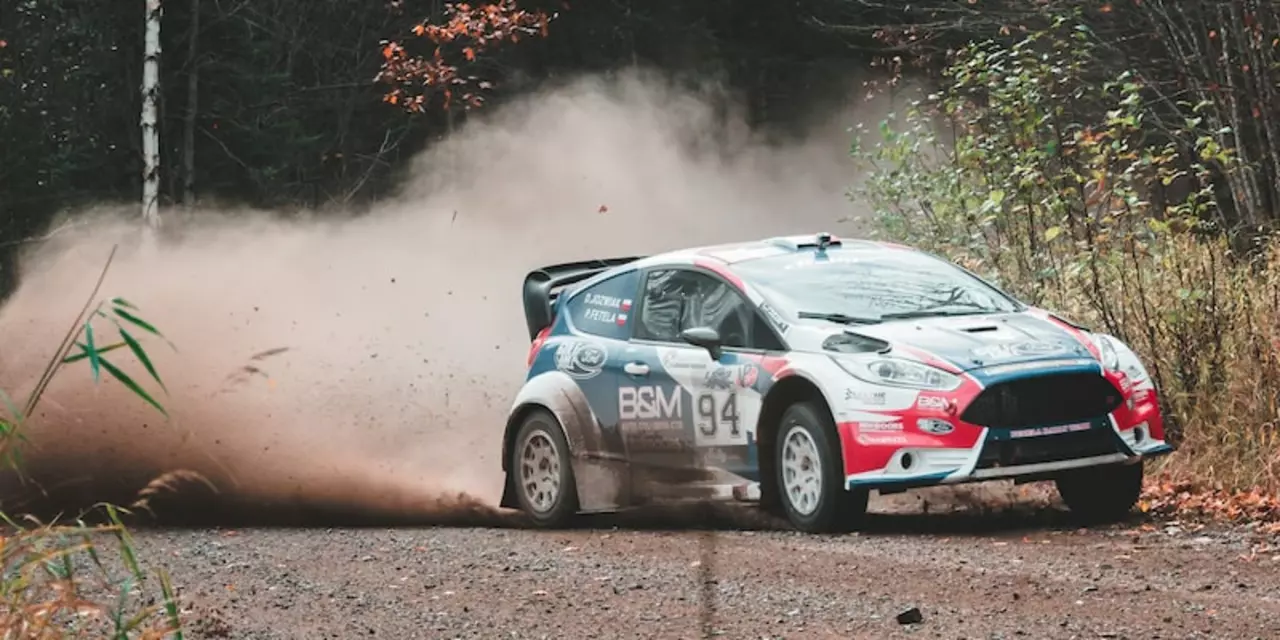Rally Safety: Essential Tips and Gear
Rally racing is a rush, but the rush comes with real danger. Whether you’re behind the wheel, in the co‑pilot seat, or watching from the side, safety isn’t optional – it’s the baseline. Below you’ll find straight‑forward advice that lets you enjoy the sport without risking a nasty crash.
How Drivers Stay Safe
First off, the driver’s outfit works like a tiny armor. A full‑face helmet with a snell rating, a FIA‑approved racing suit, fire‑resistant gloves, and a sturdy harness keep the body protected when the car slides off a gravel bank or hits a jump. Don’t skimp on the helmet’s visor – a clear, anti‑fog version gives you the best visibility in mud or dust.
Next, the car itself carries safety tech. Modern rally cars have a roll cage that meets FIA standards, a fuel cell designed to prevent fire, and a racing‑grade seat that locks you in place. The handbrake and gear lever may look simple, but they’re built to survive extreme forces, so they won’t snap when you need them most.
Tech isn’t the only safety factor. Drivers train for quick reaction times, learning how to use the handbrake to spin out of tight corners and how to read pace notes so they can anticipate every bend. Practicing these techniques on a closed course reduces the chance of a surprise loss of control on a real stage.
Safety for Spectators and Events
Fans often line the roads expecting a front‑row seat, but the safest spot is behind a sturdy barrier or in a designated spectator zone. Event organizers place barriers, safety nets, and clear signage to keep crowds away from high‑speed sections. If you’re attending a rally, always follow the staff’s directions and stay out of the “danger zone” marked by orange cones.
Historically, safety rules got stricter after a series of tragic accidents. The infamous Group B era in the 1980s saw cars so fast they outpaced existing safety measures, leading to driver and spectator deaths. The FIA responded by banning Group B and mandating stricter crash structures, roll cages, and spectator controls. Those lessons still shape today’s rally safety protocols.
Finally, remember that safety isn’t a single item – it’s a habit. Check your helmet straps before every run, double‑check your harness, make sure the roll cage bolts are tight, and always respect the event’s safety briefings. When everyone follows the basics, the sport stays thrilling without turning deadly.
Got a safety question? Drop it in the comments, and the community will help you sort it out. Stay protected, stay fast, and enjoy the rally ride.

How fast do rally cars go in MPH?
Rally cars are designed to go fast on challenging terrain, and they can reach impressive speeds. On average, rally cars can go up to 130 mph, but they have been known to go up to 180 mph in some cases. Modern rally cars also feature advanced safety features to ensure driver safety.